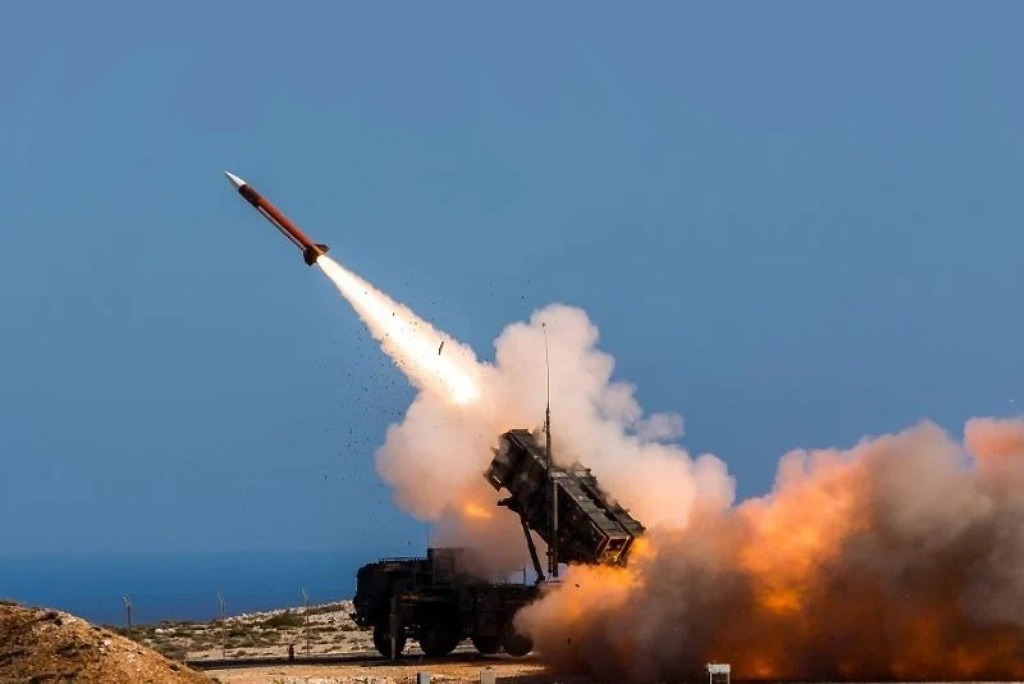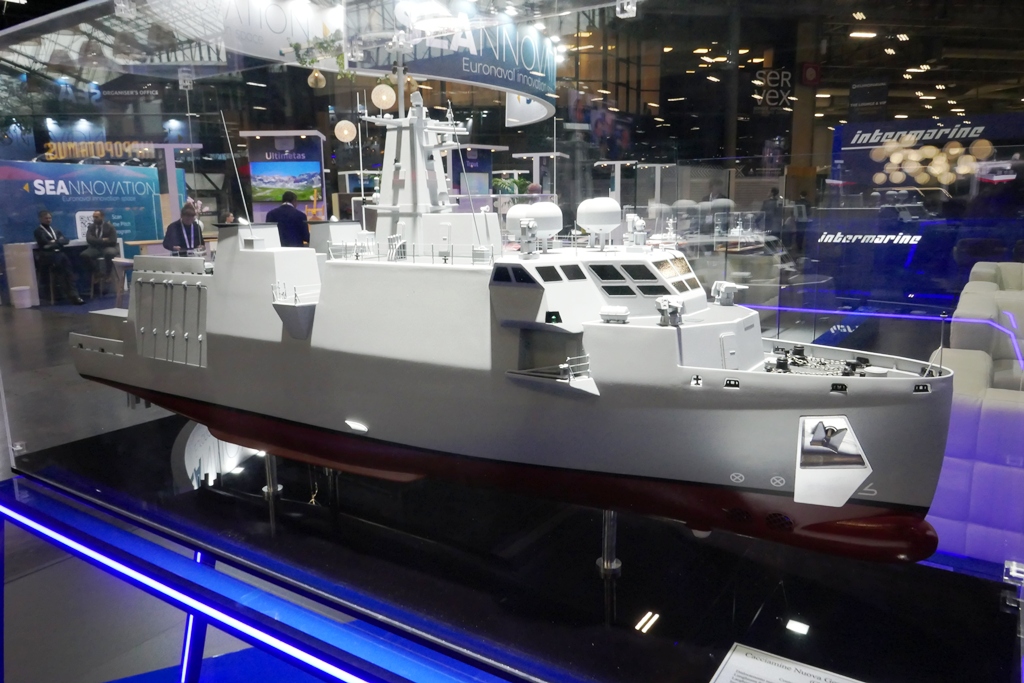The Challenge of Guided Ammunition: A Dive Into Precision Technology for Snipers
When discussing modern warfare, the term "precision" frequently comes to the forefront. For snipers, the ultimate embodiment of precision is found in guided munitions. However, the engineering behind these sophisticated rounds is nothing short of a marvel, especially when you consider the compact size of a projectile like the 12.7 mm round, which measures just 54 mm in length. Within this tight space, multiple electronic components must fit meticulously, all while enduring the immense forces encountered during firing.
The Quest for Guided Rounds: A Historical Overview
Only a few nations have ventured into the realm of guided ammunition, with the United States and Russia being the most prominent examples. The U.S. initiative, known as the EXACTO (Extreme Accuracy Tasked Ordnance), spearheaded by the Defense Advanced Research Projects Agency (DARPA), made headlines with impressive demonstrations in 2015. However, the translation of these concepts into market-ready products has evidently faltered. In the case of Russia, development efforts on a 12.7×108 mm guided round surfaced in tandem with EXACTO, yet much about their progress remains shrouded in secrecy.
The I-SMART Initiative: Innovating the Sniper Round
The Research Institute of Saint-Louis introduced the I-SMART (ISL Sniper Munition Actuated to Reach Target) round, a 12.7 mm projectile composed of five distinct components. At the forefront is the optical sensor, essential for terminal guidance in the final phase of the round’s flight. Positioned behind it are navigation electronics, a power supply, and actuation mechanisms, all integrated seamlessly to enable effective communication throughout the projectile’s journey.
Currently, the trajectory correction of the I-SMART round is determined by a ground unit, allowing communication between the round and a sniper ground station in-flight. Although this approach has proven useful for testing, the end goal is to shift towards on-board calculations in future designs, thereby enhancing independence and reliability during operations.
Aerodynamic Advancements: Testing and Measurements
One of the primary hurdles in the development of the I-SMART round is robust testing, particularly in real-world firing scenarios. While aerodynamic actuators have demonstrated effectiveness in laboratory and wind tunnel settings, their real-world capabilities remain to be fully assessed. The Research Institute of Saint-Louis aims to achieve an impressive lateral correction of 50 meters over a range of 2,000 meters. This remarkable potential could vastly improve hit probabilities and allows for engagement with moving targets, ensuring that even those with minimal experience can achieve accurate results with significantly less training.
Compatibility and Future Prospects
Another important aspect of the I-SMART system is its compatibility with existing sniper rifles, specifically designated for 12.7×99 mm barrels. While the project remains in the development stage, the next significant target is to elevate the technology to a Technology Readiness Level (TRL) of 5. Achieving this will mark a pivotal point, as the Research Institute will then seek an industrial partner to help pivot the project from conceptual demonstration to tangible product – a crucial step in bringing cutting-edge technology to the battlefield.
The pursuit of effective guided munitions represents a fascinating intersection of aerospace engineering, electronics, and combat strategy, showcasing humanity’s constant drive toward precision and excellence in the art of warfare. While challenges remain, the journey towards achieving a capable guided sniper round like the I-SMART holds promise not just for accuracy but for redefining modern military engagements.





